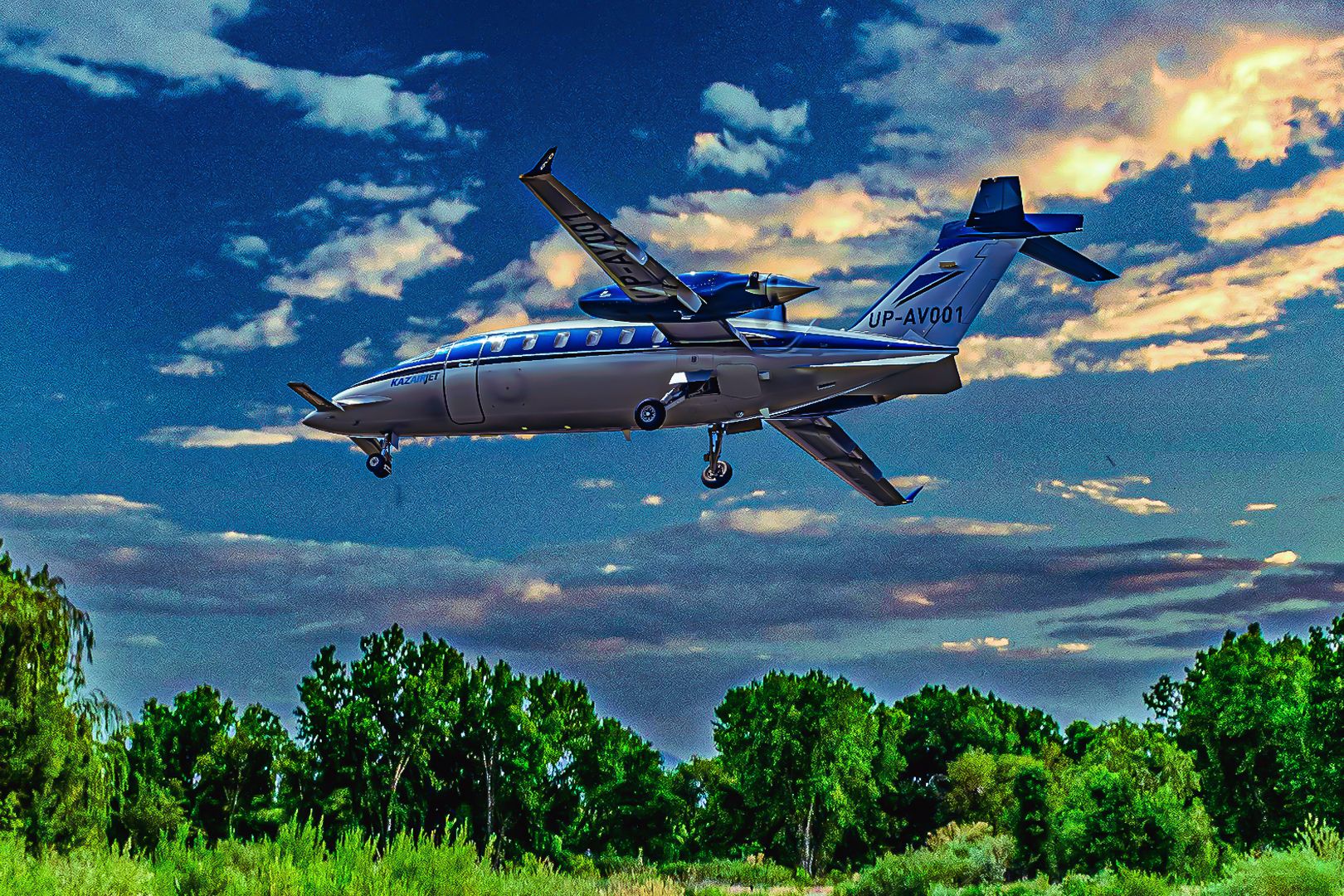Pallav Bhusal As the days grow shorter and the cool autumn breeze begins to sweep through the valleys of Nepal, the unmistakable signs of Dashain are all around us. For us Nepali, Dashain is not merely a festival, but a period of rejuvenation, family bonding, and deep cultural significance. The vibrant kites soaring in the sky, the smell of fresh marigolds, and the rhythmic beat of traditional music serve as reminders that the biggest festival of the year is upon us.
Growing up in a traditional Nepali household, Dashain always carried an air of anticipation and excitement. As a child, it was the time of year when school holidays felt longer, new clothes were a given, and the promise of tika from elders meant receiving blessings and, more importantly, money. However, as I’ve grown older, I’ve come to appreciate Dashain for its deeper, more profound meanings.
Beyond the material celebrations, Dashain is a time for reflection, reverence, and reuniting with our roots. This festival, celebrated over 15 days, commemorates the victory of good over evil, symbolised by Goddess Durga's triumph over the demon Mahishasura. The rituals, from ghatasthapana to tika, all have their unique significance, tying us back to centuries of tradition.
Every family, every community has its own way of celebrating, but at the heart of it lies one common theme: unity. I recall vividly how Dashain was always the time when the entire extended family, scattered across various parts of Nepal or abroad, w.


















